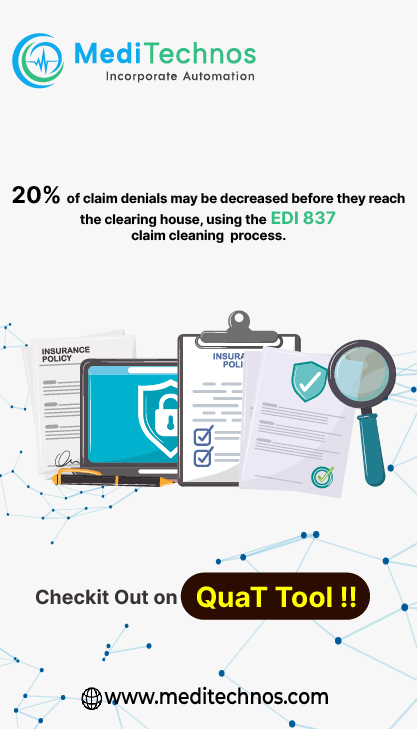NPI and Legacy Identifiers
The NPI is a 10-position, intelligence-free numeric identifier (10-digit number). This means that the numbers do not carry other information about healthcare providers, such as the state in which they live or their medical specialty.
Beginning May 23, 2007 (May 23, 2008, for small health plans), the NPI must be used in lieu of legacy provider identifiers.
Legacy provider identifiers include:
• Online Survey Certification and Reporting (OSCAR) system numbers;
• National Supplier Clearinghouse (NSC) numbers;
• Provider Identification Numbers (PINs); and
• Unique Physician Identification Numbers (UPINs) used by Medicare.
They do not include taxpayer identifier numbers (TINs) such as:
• Employer Identification Numbers (EINs); or
• Social Security Numbers (SSNs).
Primary and Secondary Providers
Providers are categorized as either “primary” or “secondary” providers:
• Primary providers include billing, pay-to, rendering, or performing providers. In the DME MACs, primary providers include ordering providers.
• Secondary providers include supervising physicians, operating physicians, referring providers, and so on.
Crosswalk
During Stage 2, Medicare will utilize a Crosswalk between NPIs and legacy identifiers to validate NPIs received in transactions, assist with population of NPIs in Medicare data center provider files, and report NPIs on remittance advice (RA) and coordination of benefit (COB) transactions. Key elements of this Crosswalk include the following:
• Each primary provider’s NPI reported on an inbound claim or claim status query will be cross-walked to the Medicare legacy identifier that applies to the owner of that NPI.
• The Crosswalk will be able to do a two-directional search, from a Medicare legacy identifier to NPI, and from NPI to a legacy identifier.
• The Medicare Crosswalk will be updated daily to reflect new provider registrations.

